A New Future for Furniture
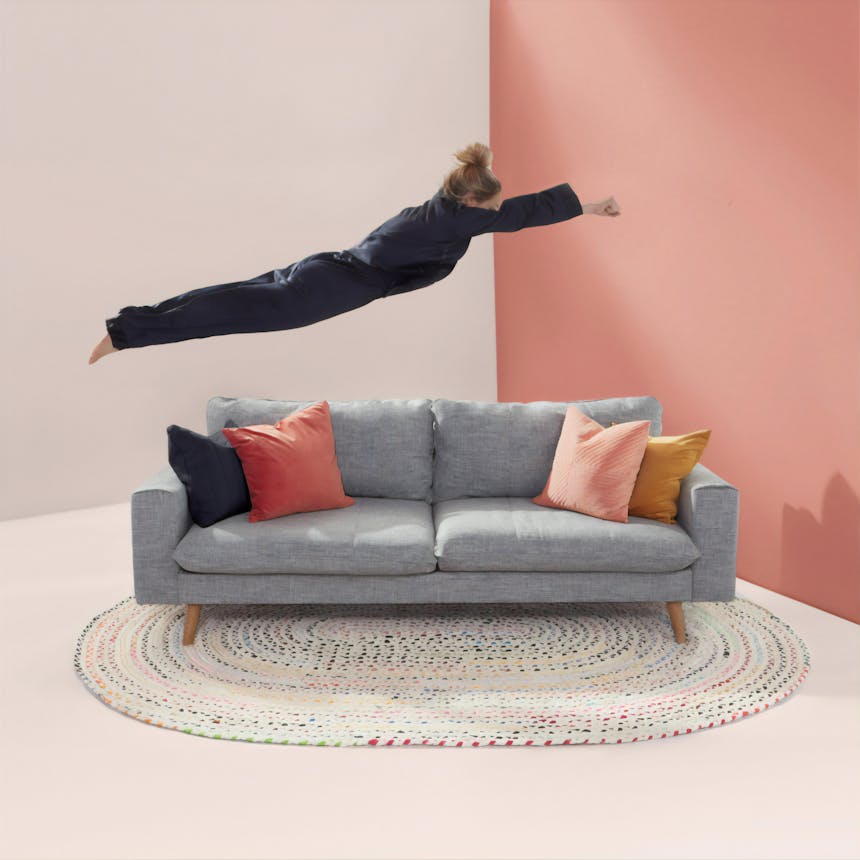
The Changing Landscape
For years, mass furniture retailers have always been the go-to for consumers, but these more "traditional" brands have not been without their drawbacks.
01
One in eight (13%) can’t find furniture they like from a major retailer
02
Roughly one in 10 (11%) have regretted buying mass-produced furniture from a major retailer
03
One in seven (14%) feel that big retailers have too many furniture options
Amidst the pandemic, consumers are at home more than ever before and their priorities have shifted to also include the experiential aspects of furniture shopping. Because of the pandemic's disruption to the market, consumers are starting to show more interest in D2C furniture brands. The rise in D2C brands has now evened the playing field with mass retailers for the first time.
For certain D2C brands, the pandemic has brought some of their highest sales as consumers were forced to shop online while physical stores shuttered. D2C brands have been catering to consumers who don’t want mass-produced products and offer those consumers unique furniture items.
During the pandemic, the consumer has prioritized several key qualities:
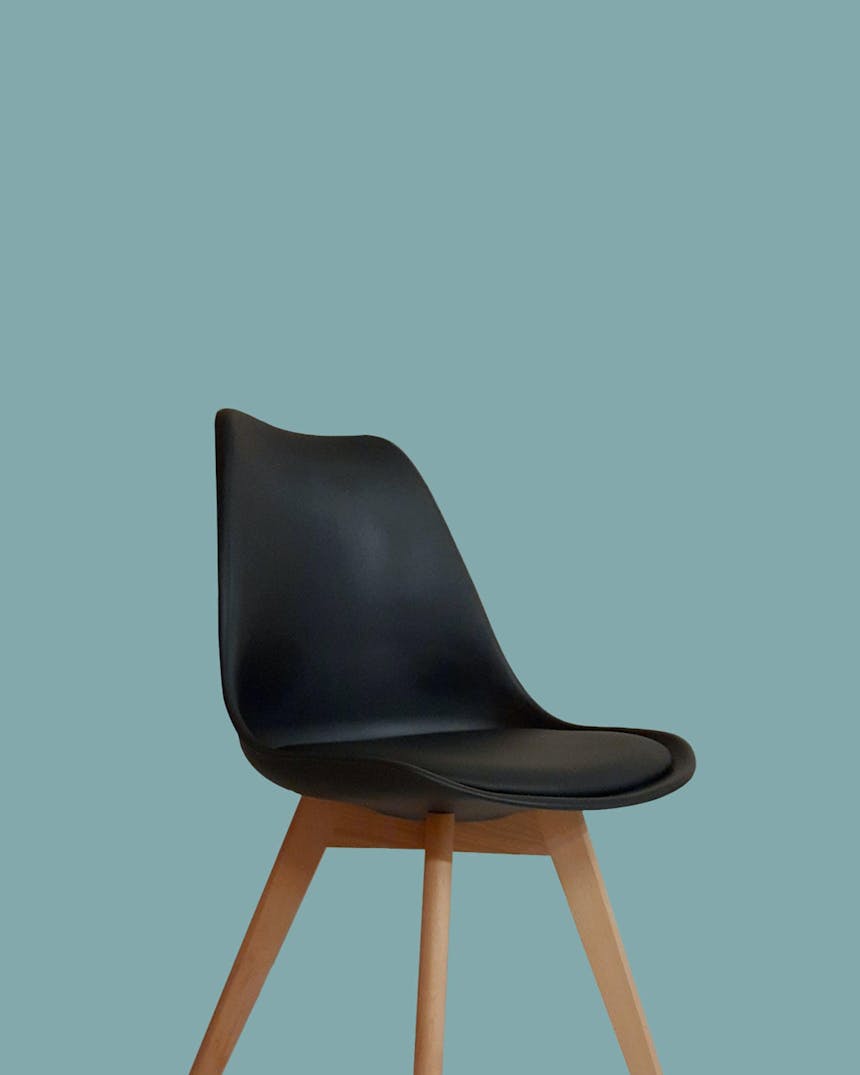
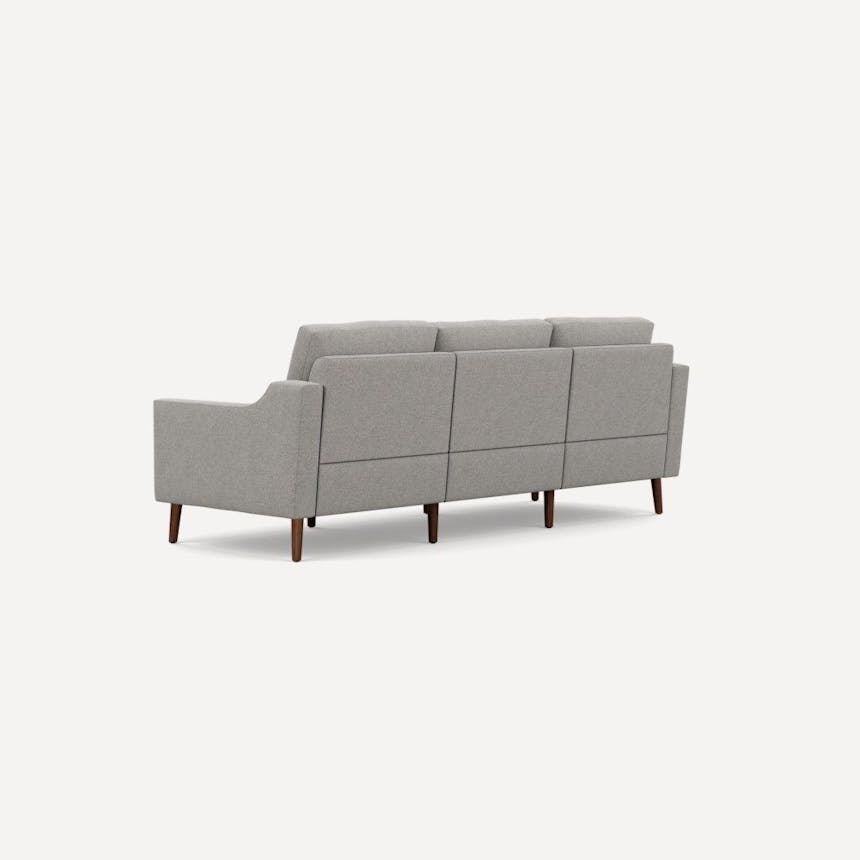
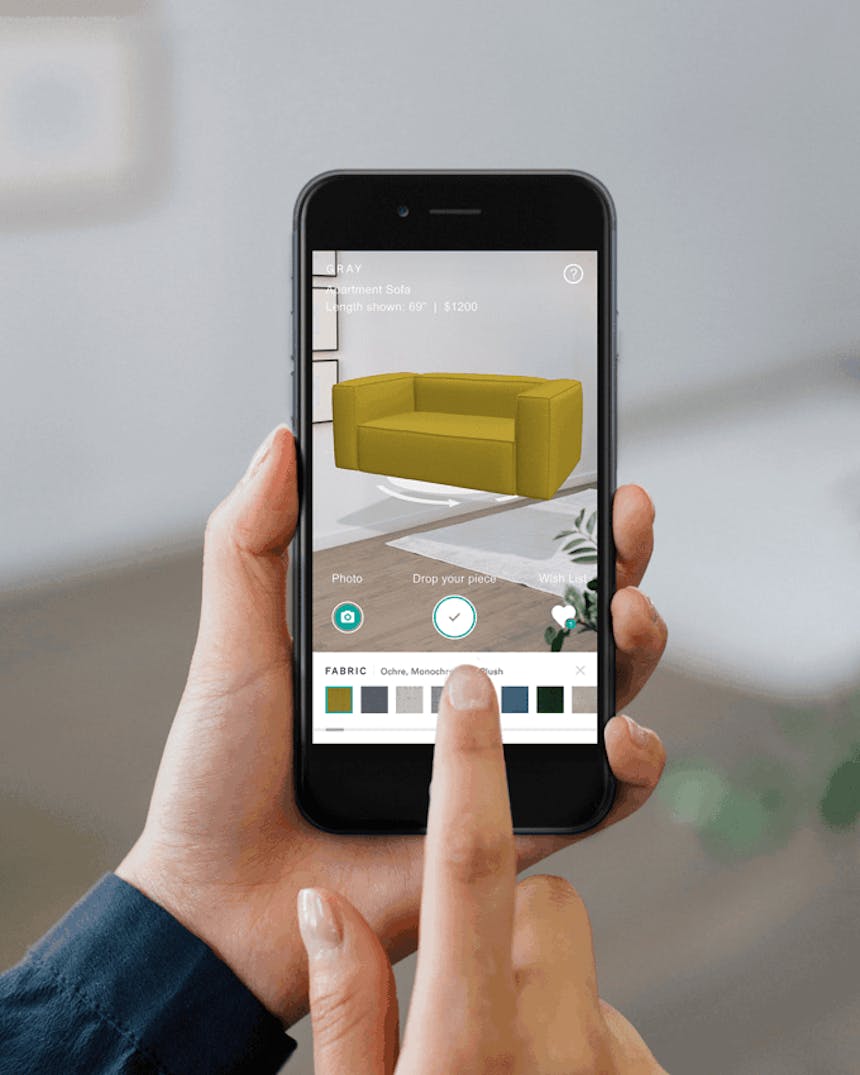
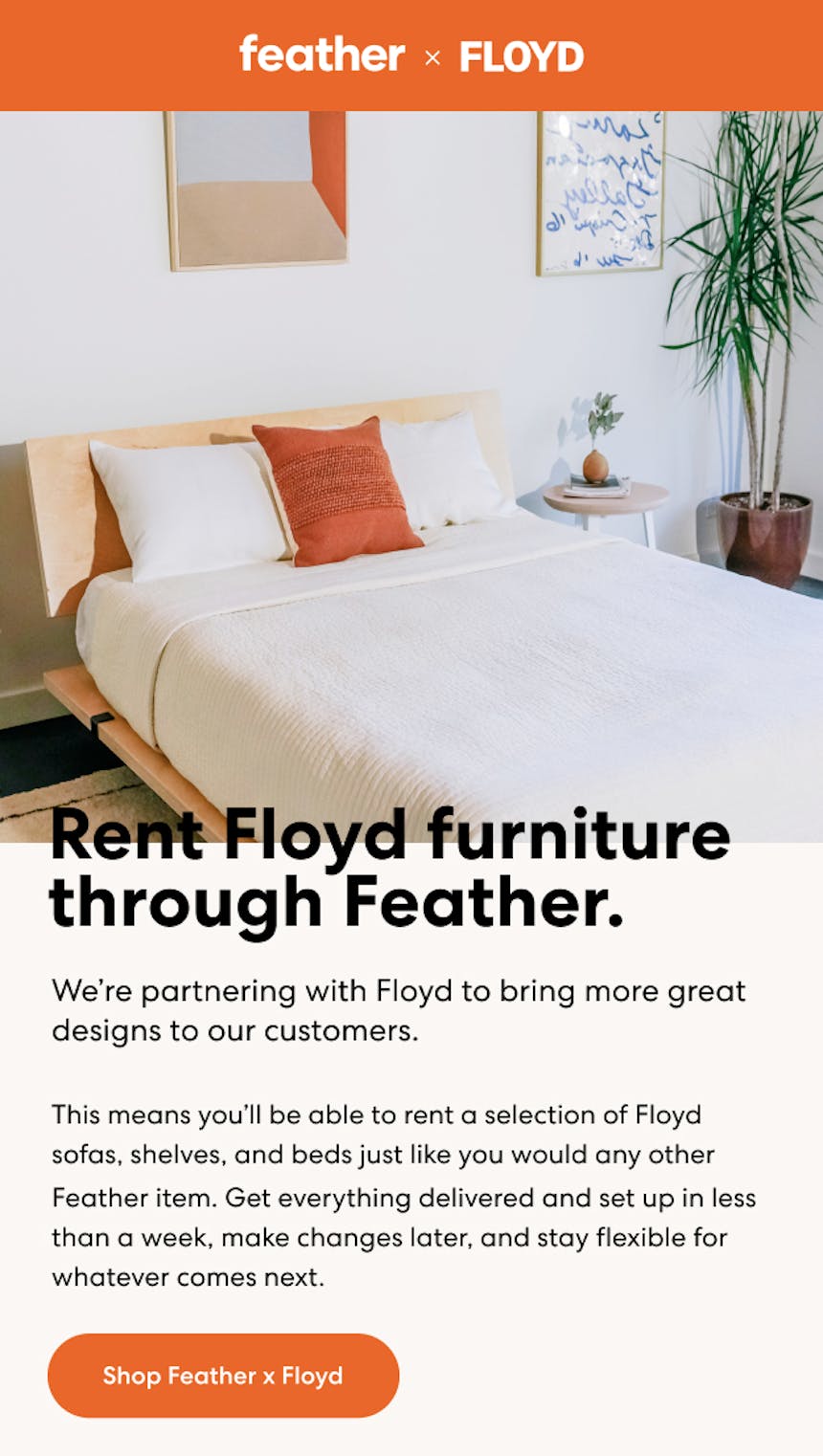
Here are a few best-in-class D2C brands:
BURROW

People today demand more from the things they spend money on, and Burrow is refreshing the traditional business model to meet that demand. Beginning with a smarter, innovative design, they produce high-quality furniture to create a better experience for less money. Each piece of Burrow furniture is handcrafted from sturdy, sustainably-sourced hardwood, scratch and stain resistant, non-toxic fabrics. By delivering the furniture directly to the consumer, Burrow can remove all retail markups and over 70% of standard shipping costs — a smarter supply chain approach. They also have customizable sofas that come with a table attached or a USB charger. While it was born digital, Burrow opened up a showroom in New York, and for those who don't live in the New York area, they have a virtual showroom where consumers can ask for help or advice.
FEATHER
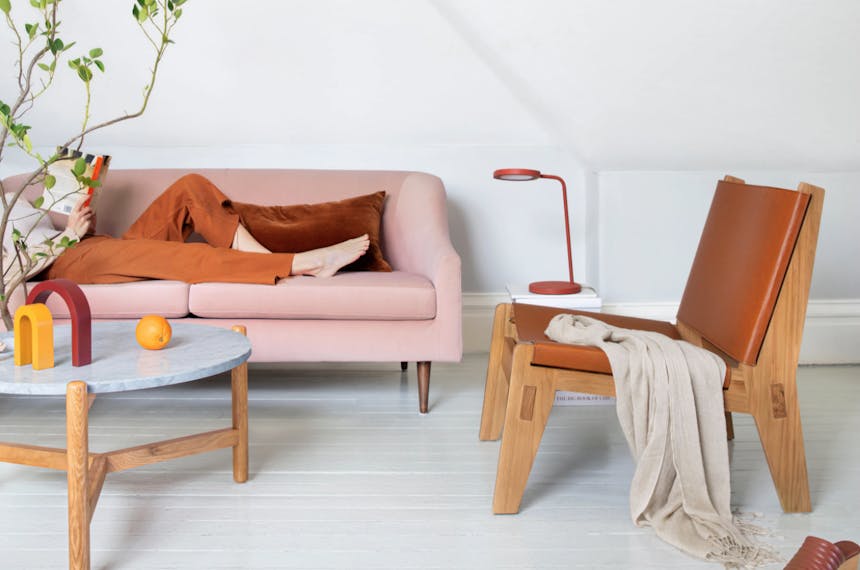
Feather built a more responsible and sustainable approach to furniture — one that’s grounded in rental, reuse, and refurbishment. On average, city renters move on every 1-2 years. Tastes evolve, living arrangements change, budgets fluctuate and many can’t afford or don’t want to commit to quality furniture, so they resort to cheaper alternatives from mass retailers whose products aren’t built to last. Feather's pieces are built with performance fabrics and constructed from a component-part design system making them easy to clean and refurbish. This helps ensure that the furniture can be reused, redeployed, and remain out of landfills. Customers can switch out furniture whenever they want, whether it's to change their home's aesthetic or if they're moving out.
Going forward, D2C and mass retailers in the furniture industry can achieve customer success through:
A PURPOSE-DRIVEN MODEL
Customers view purpose-driven brands as more caring and, as a result, are more loyal to them. This is a big opportunity for the category, as consumers aren’t very loyal to specific furniture brands.
ESTABLISHING PARTNERSHIPS
Companies can look to temporary pop-up models or to partnerships with retailers like Showfields or Neighborhood Goods, which aim to bridge the gap between online and offline retail. Mass retailers can also look to form partnerships with digitally native brands to gain digital knowledge and leverage in the industry.
MANAGING STORES LIKE A WEBSITE
Even though e-commerce is important, brands don’t need to get rid of all of their brick-and-mortar stores. They can implement certain features such as “buy online and pick up in store” to ensure that they never run out of product in stores. It also brings consumers the satisfaction of receiving their item almost immediately without having to search for it in the store or wait for it to be shipped. Furniture brands can also implement extended layaway and other “buy now, pay later” options like Klarna, Affirm, and Afterpay to appeal to a wider demographic.
USING SUSTAINABLE PACKAGING
More than half of US consumers are highly concerned about the environmental impact of packaging. 60 to 70 percent of consumers said they would pay more for sustainable packaging. Moving forward, consumers want to see brands offer recyclable and recycled plastic packaging or biodegradable packaging — such as seaweed, mushroom, cornstarch and peanut — that can be reutilized post-purchase.
WORDS BY
INTERN, CREATIVE STRATEGY
RONETTE CAMPBELL